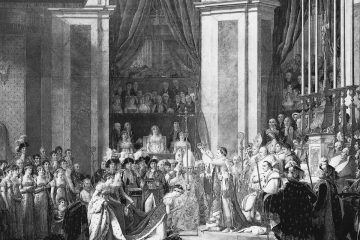What Happened On March 13th?
On March 13th, 1943, the city of Kraków in Poland was forever stained in history, as the Nazi party began its brutal and inhumane liquidation of the Jewish ghetto.
Established in 1941, the Kraków Ghetto became a prison for over 16,000 Jews, in a city previously inhabited by 3,000 people.
Despite the harsh reality, a semblance of community and cultural life had been persevered within its walls. Underground newspapers circulated, schools functioned secretly, and even theaters staged clandestine performances. However, people began to whisper about an upcoming doom in early 1943. Just one year and day after the Nazi party invaded Austria, the arrival of SS troops on March 13th confirmed their fears.
Overseen by SS and police authorities, the liquidation was a meticulously planned operation. Heavily armed troops stormed the ghetto, encountering resistance from a poorly equipped Jewish movement inspired by the protests at Rosenstraße just two weeks prior. This movement was known as Żydowska Organizacja Bojowa (ŻOB).
Estimates suggest that approximately 2,000 Jews were murdered within the ghetto itself, shot by SS troops or collaborators.
The remaining Jews were subjected to a brutal selection process. Roughly 2,000 people, who were deemed “fit for work,” were transported to the Płaszów forced labor camp.
The Płaszów forced labor camp became notorious for its brutality. Commanded by the sadistic SS officer Amon Göth, the camp was less a workplace and more a death sentence waiting to be served.
A remainder of 3,000 Jews were crammed onto trains headed for an unknown destination. Tragically, the destination was Auschwitz-Birkenau, the infamous extermination camp. Upon arrival, most were sent directly to the gas chambers. Only a handful were selected for forced labor.
A lesser-known aspect of the liquidation involved the heroic efforts of some Polish families who risked their lives to hide Jewish children outside the ghetto. One such story is that of pharmacist, Tadeusz Pankiewicz, whose pharmacy was located in the heart and center of the ghetto. Here, he organized false documents and escapes for prisoners, while saving lives by providing food and medicine.
Within days, a vibrant community was reduced to a desolate wasteland. Memorials throughout Kraków reminds us of the horrors inflicted and the courage of those who resisted.





